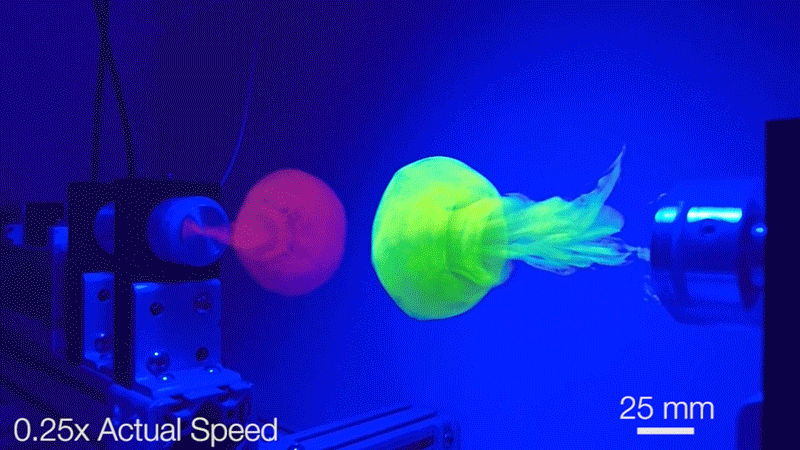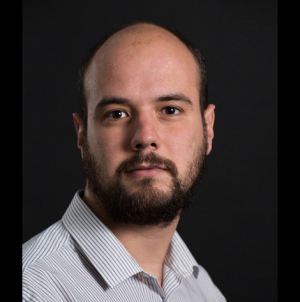For Dr. Rodolfo Ostilla Mónico, an assistant professor of Mechanical Engineering since Fall 2017, much of his work the past decade on turbulence has centered around a big question – can we find order in the chaos?
“It's an idea I find very intellectual stimulating,” he said. “Even if you can't find the exact way turbulence is created, and behaves, you can find general pictures which get increasingly better, and that's very interesting. It's been keeping me going for several years, and possibly several more.”
Mónico was second author and did much of the simulation running and post-processing work for a paper published in February's Science Advances, “Turbulence generation through an iterative cascade of the elliptical instability.” Ryan McKeown, a graduate student at Harvard's John A. Paulson School of Engineering and Applies Sciences (SEAS), is the paper's first author, and experiments were done at that facility.
According to an article by SEAS, for the experiments the researchers synchronized a scanning laser with a high-speed camera to rapidly scan a collision with vortex colliders in real-time. Each vortex was dyed with different colors, so researchers could observe how they reacted during a violent collision in a 75-gallon aquarium.
Mónico first started on the project in September 2015, when he was a post-doctorate at Harvard. The subject of turbulence has always fascinated him, though. “It was what I had my expertise in and it was really interesting to me,” he said. “The question of what can we say this? Can we find order in this chaos? It forces you to think hard about many things.”
Mónico said their examinations of the collisions revealed surprises. With the high speed camera, you can track how counter-rotation voritces lead to turbulence, and isolate individual events .
“The big idea was that you have big vortices and they break up into smaller vortices,” he said. “You think of big round vortices with smaller vortices within, but it's something completely different … It's more that you have a criss-cross array of tubes of all sizes.”
Turbulence is also the main area of study for a $386,241 grant that Mónico secured from the NSF in October for his project, “Controlling secondary flows by the use of non-wetting surfaces.” He crafted the proposal with Dr. Kamran Alba, an assistant professor in the Department of Engineering Technology.
This project will involve experiments at the university, as opposed to just simulation and statistical analysis.
“We had some ideas of how to control turbulent flows, which show a lot of promise in the simulations, and we want to see if we can get this to work with a real, non-wetting surface,” Mónico said.
Mónico pointed to the lotus leaf as an example of a non-wetting surface in nature, with its microscopic bumps and ridges leading to contact angles greater than 90 degrees, and water “slipping” off.
“The goal of this project is to investigate the use of non-wetting surfaces to induce, affect, and control secondary flows through selectively patterning the solid boundaries,” Mónico wrote in his abstract. “By using a combination of direct numerical simulations and laboratory experiments, questions on which types and patterns of treatments are most effective for this task will be answered.”
The project will last three years, between September 2019 and August 2022.

